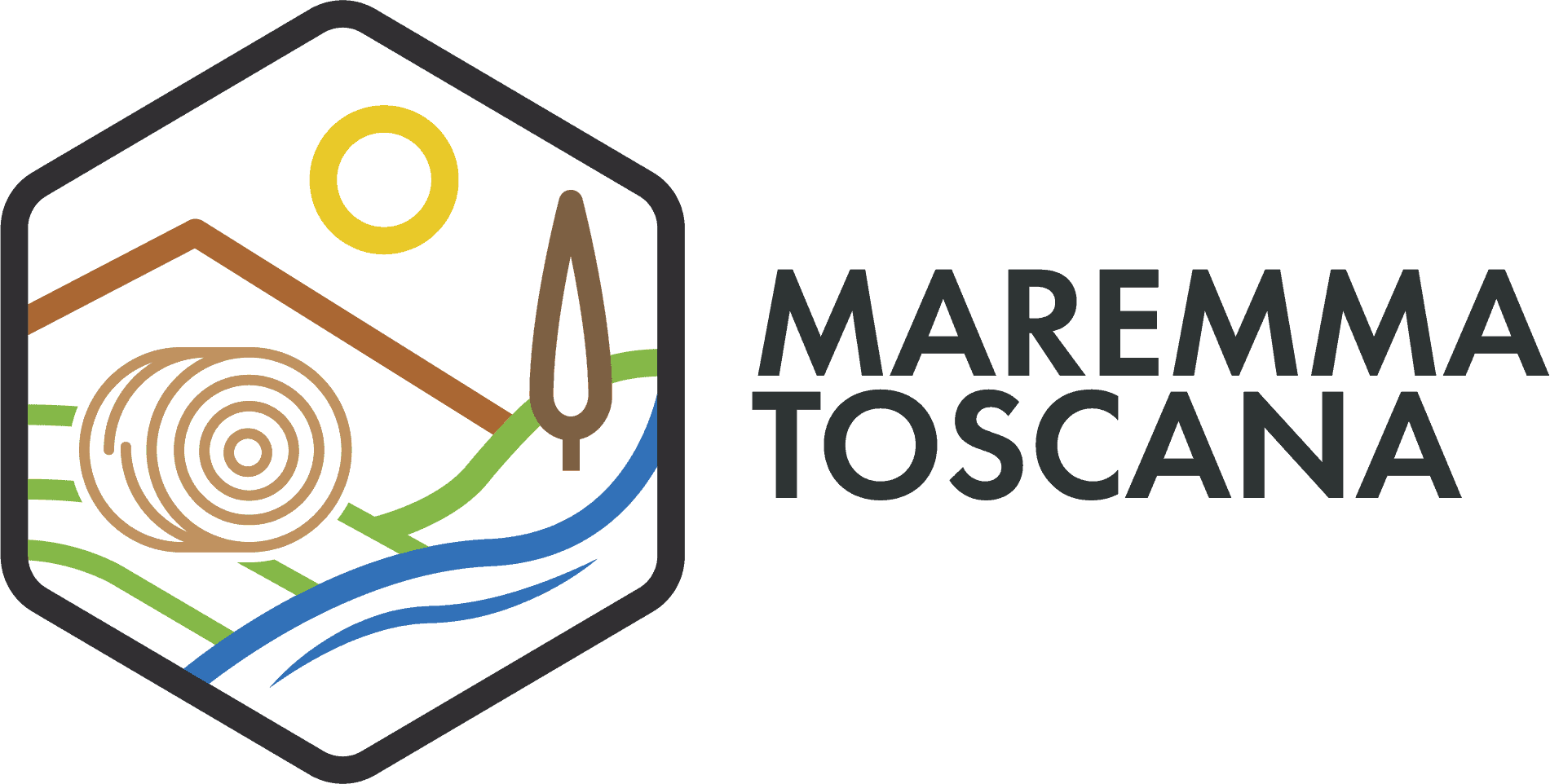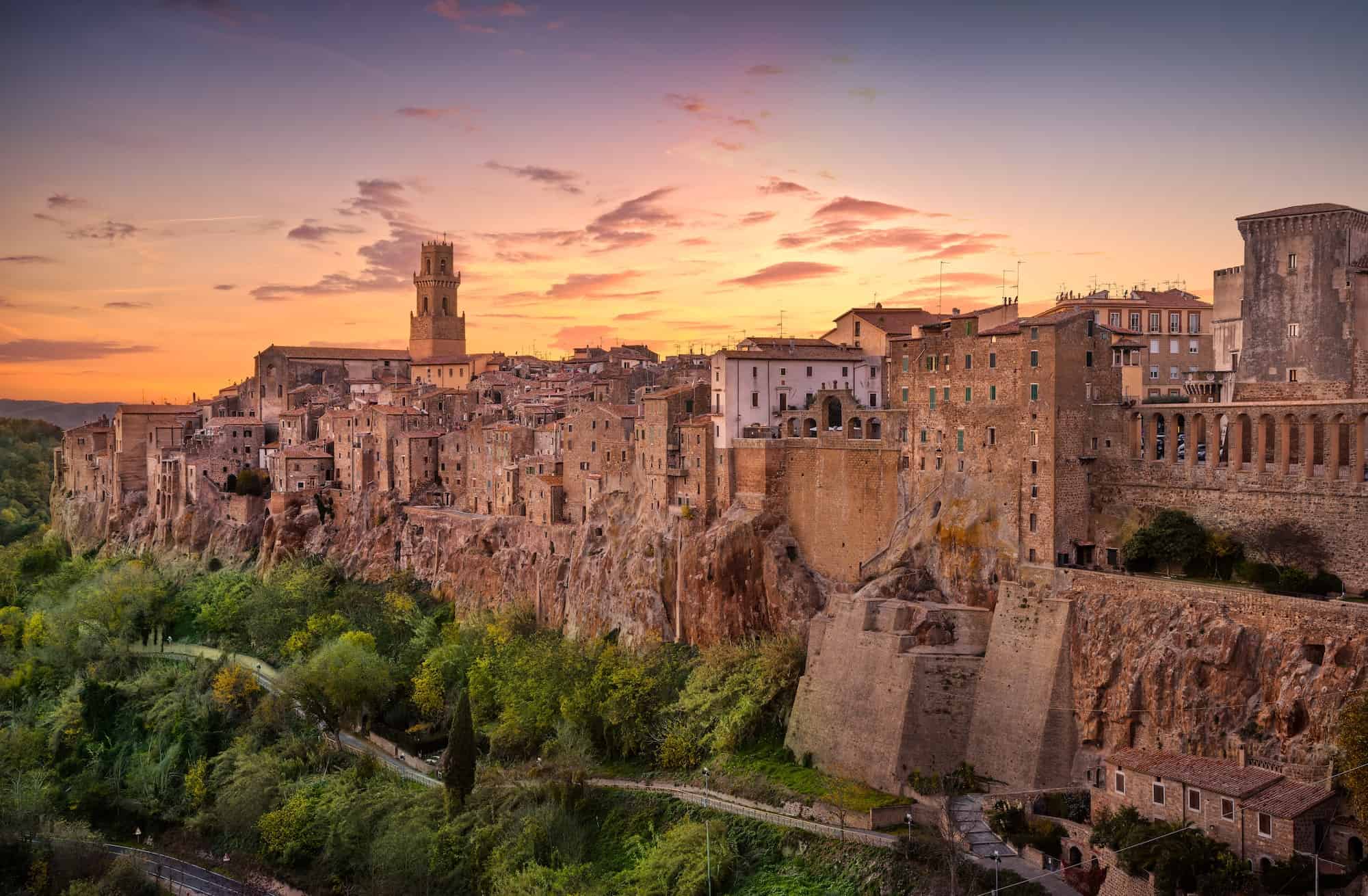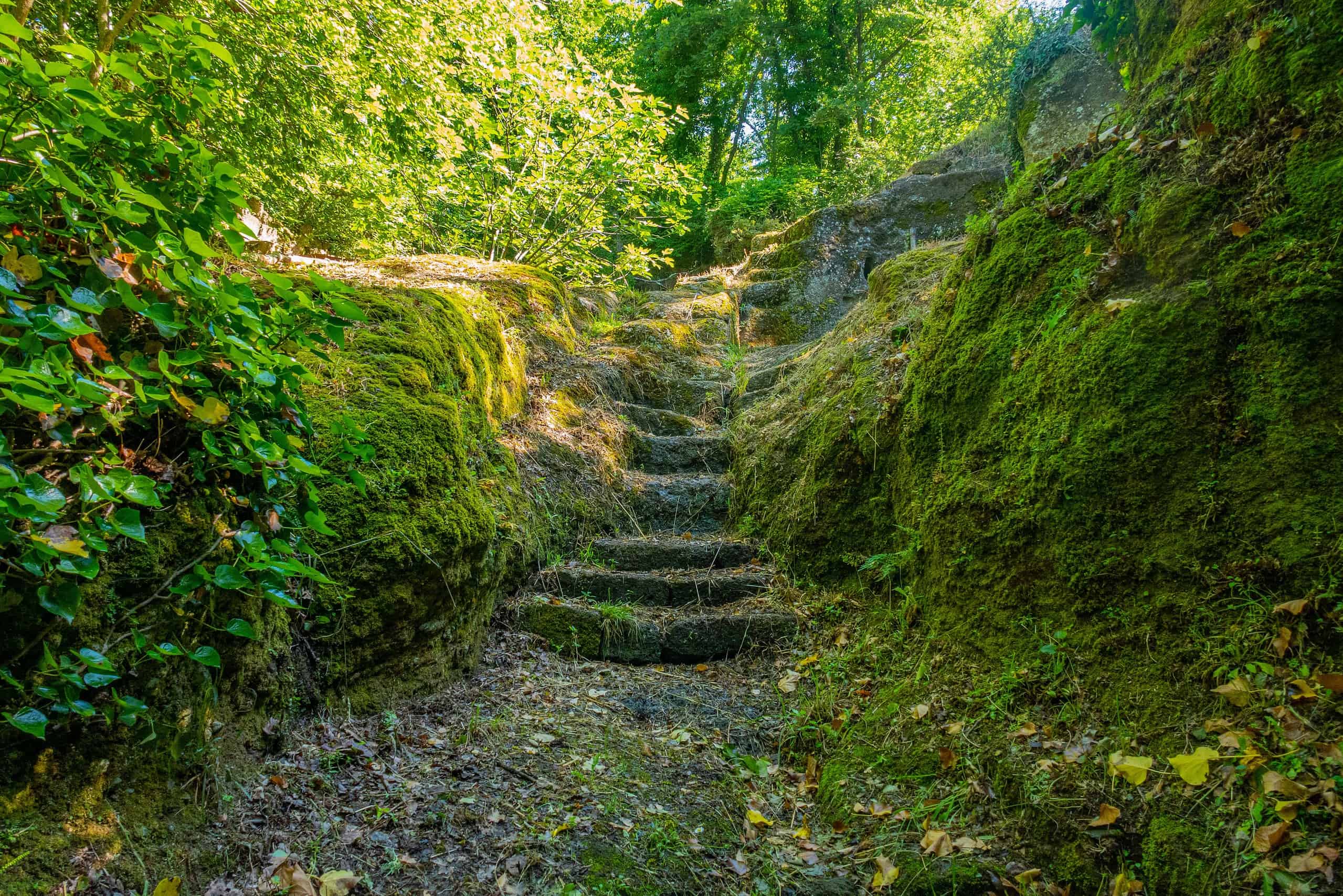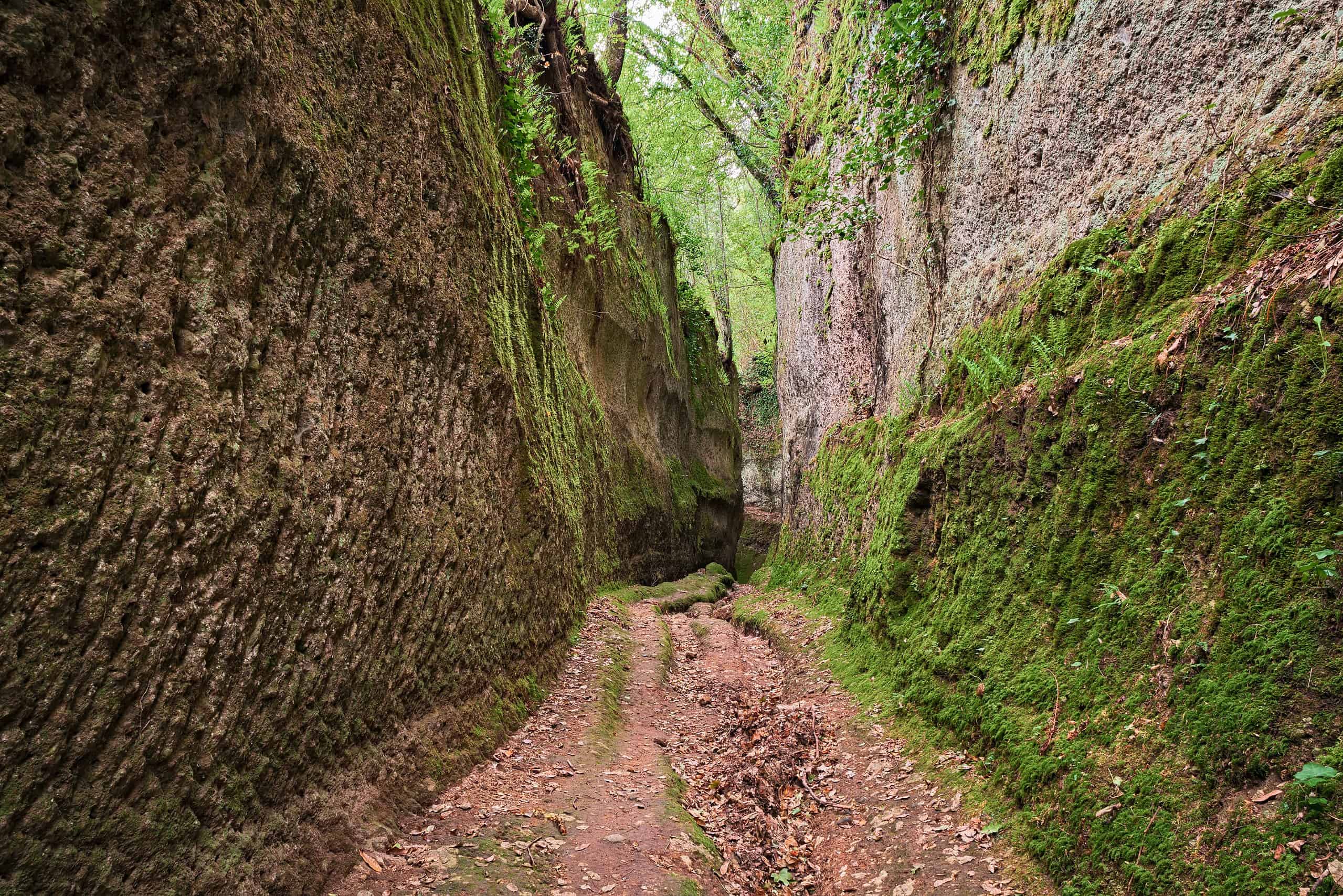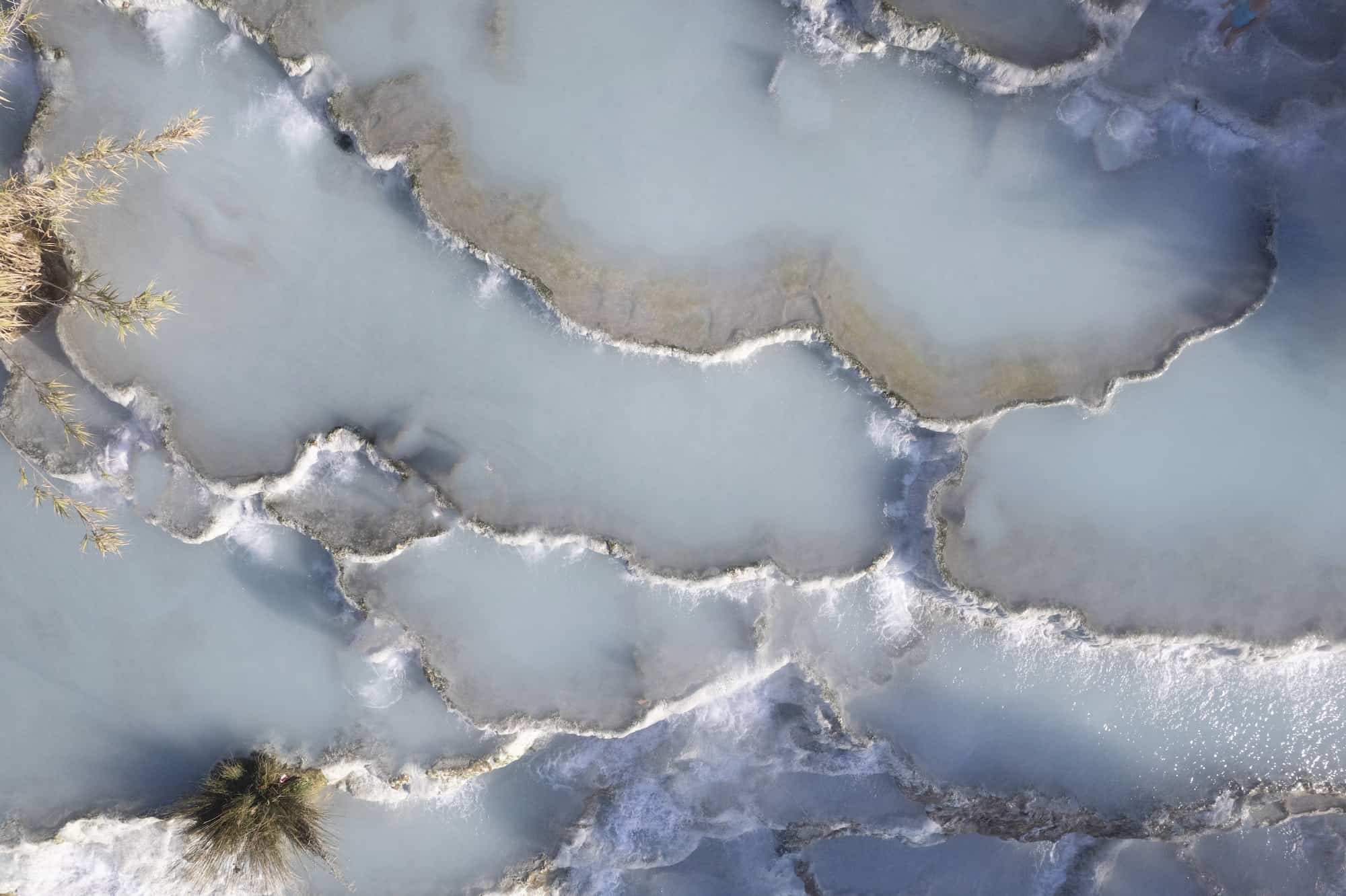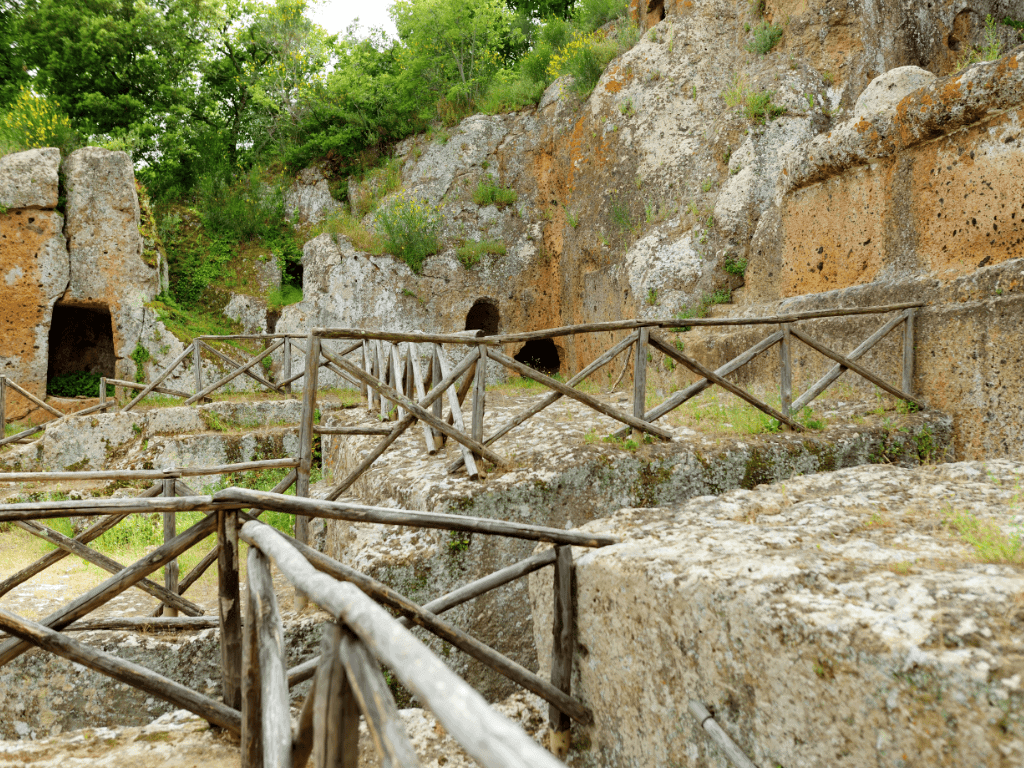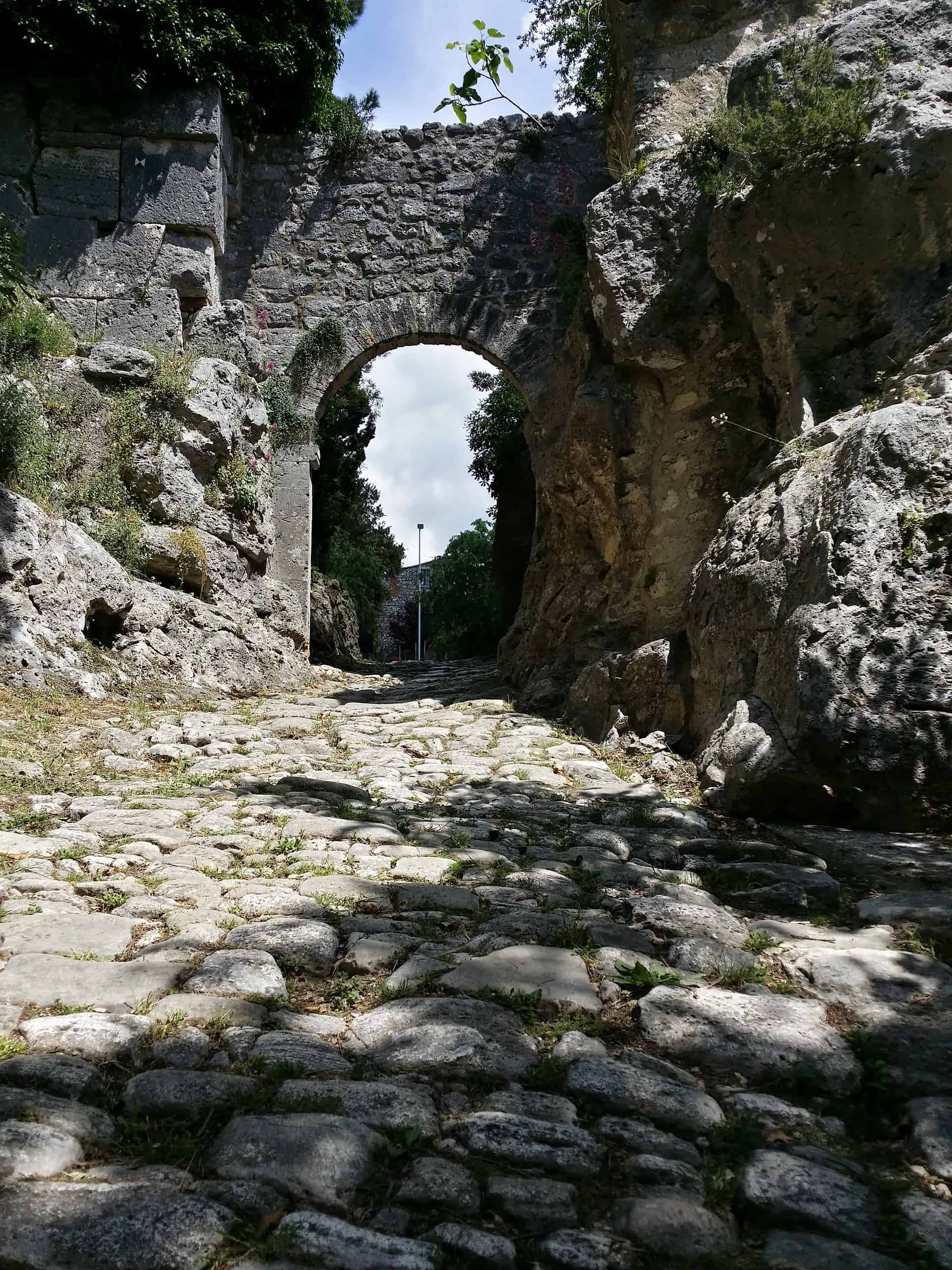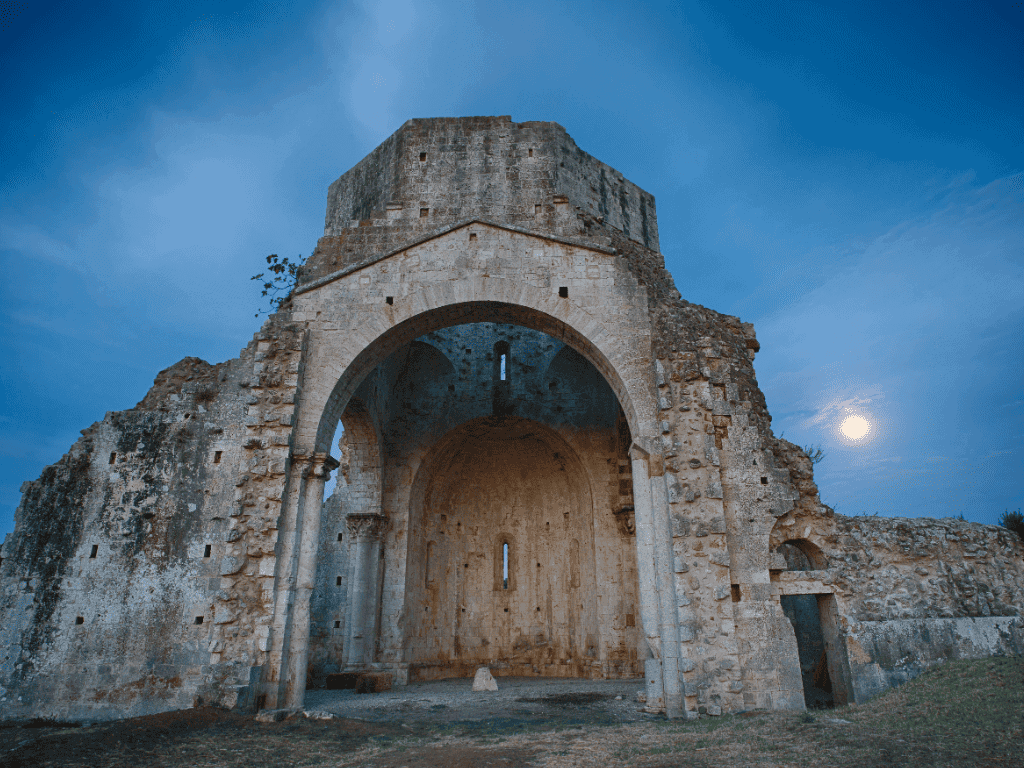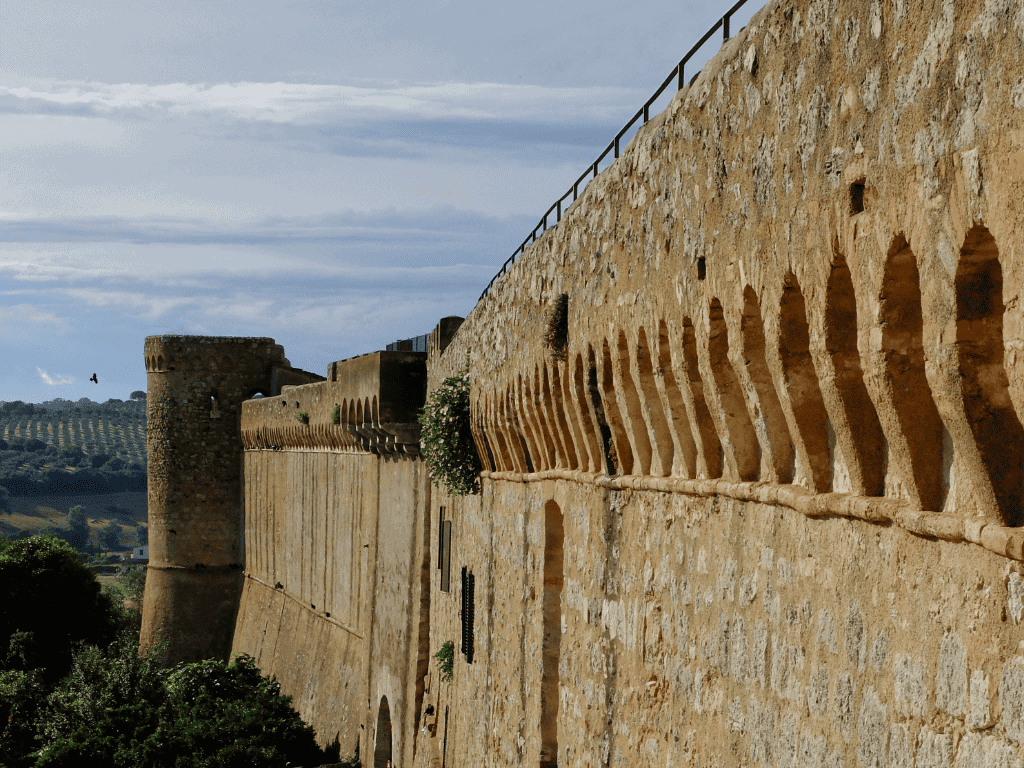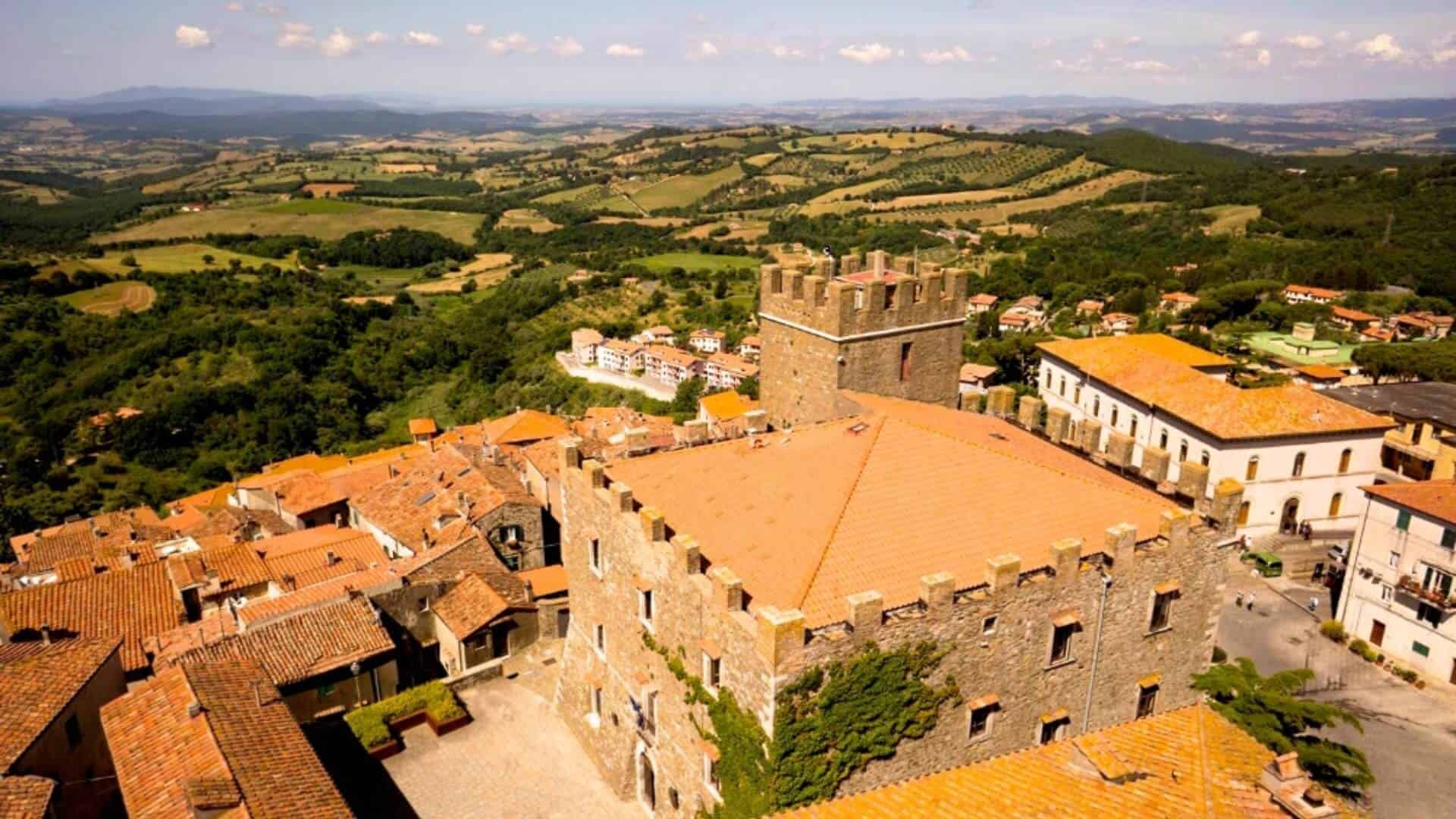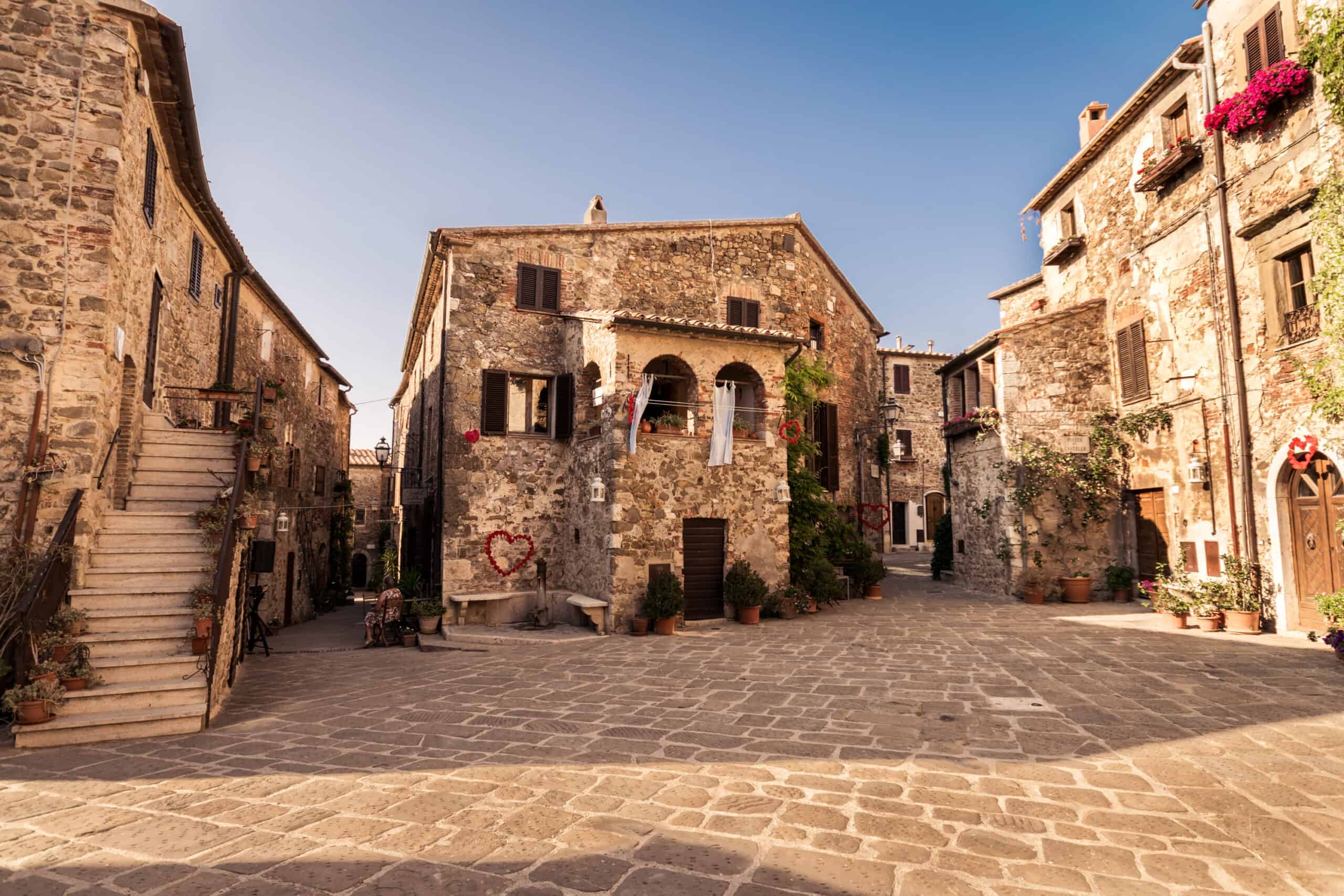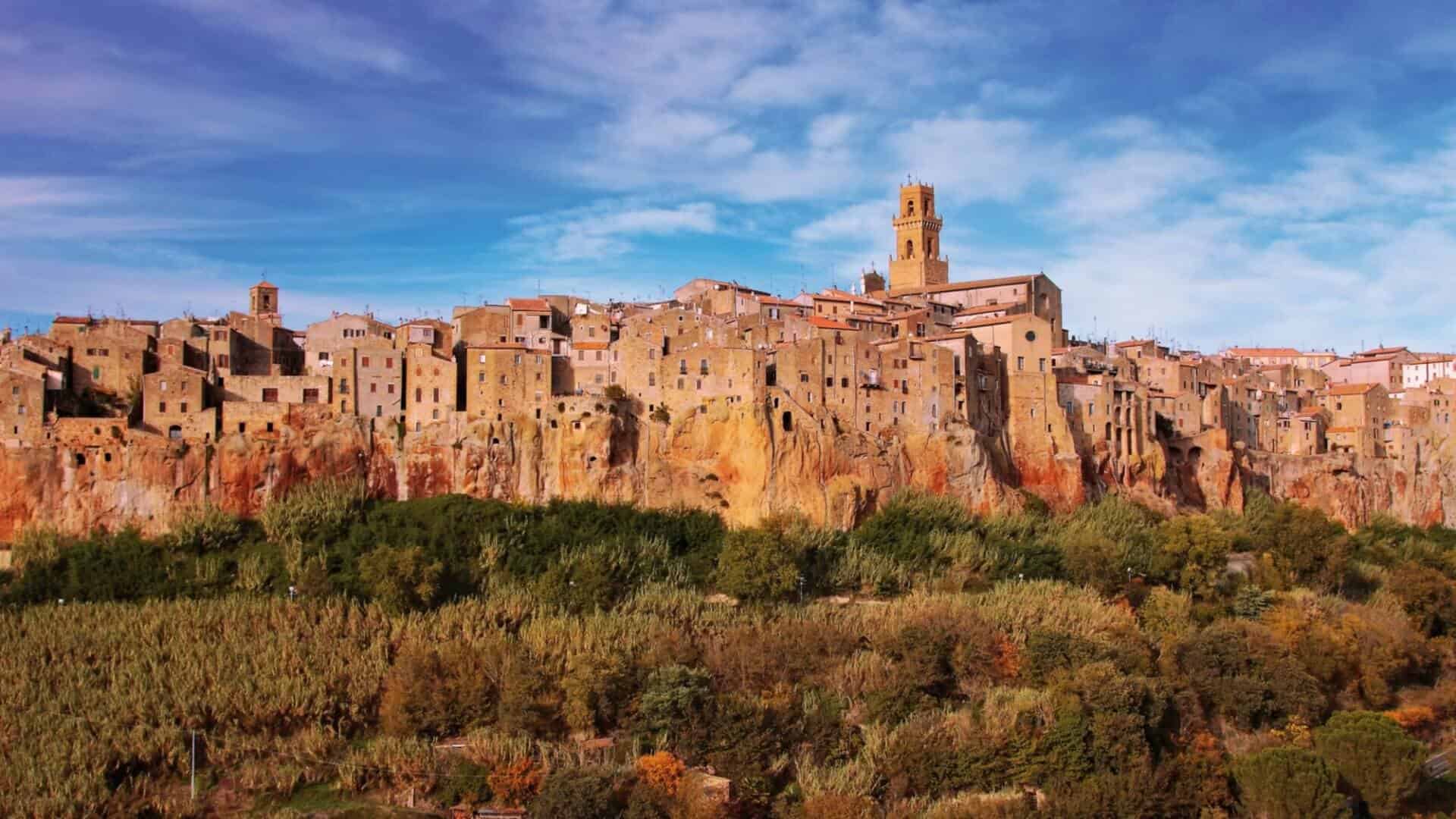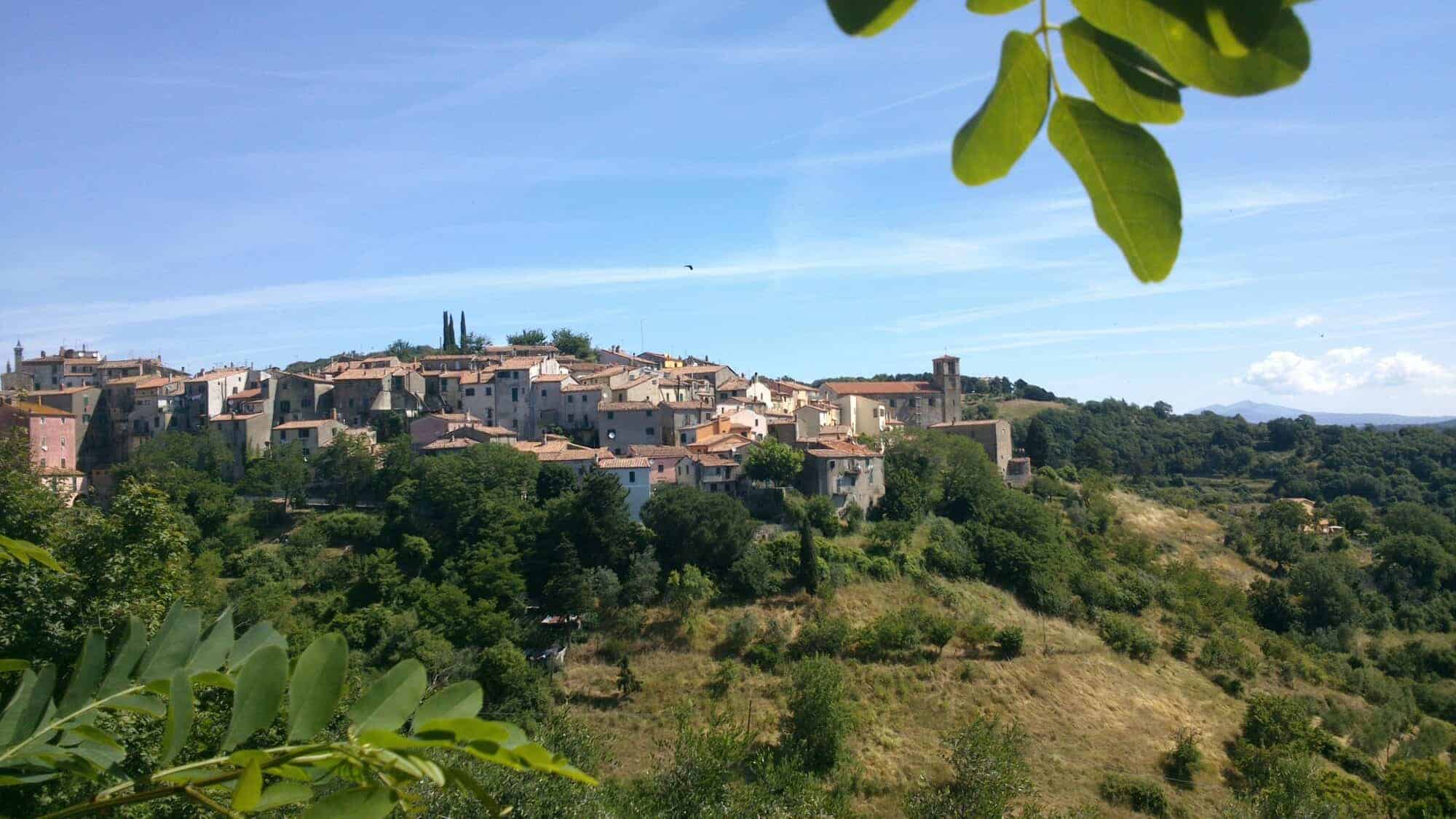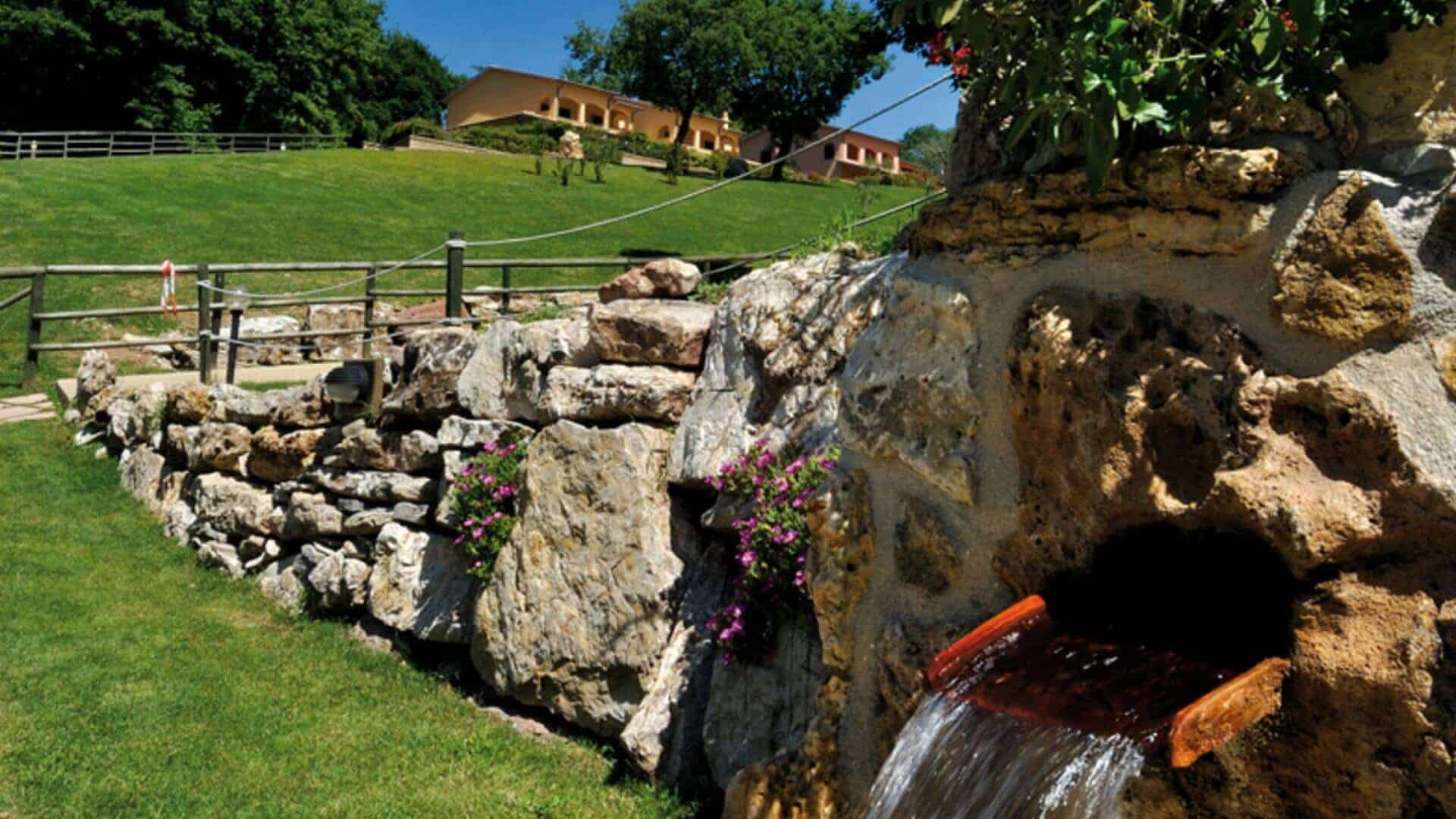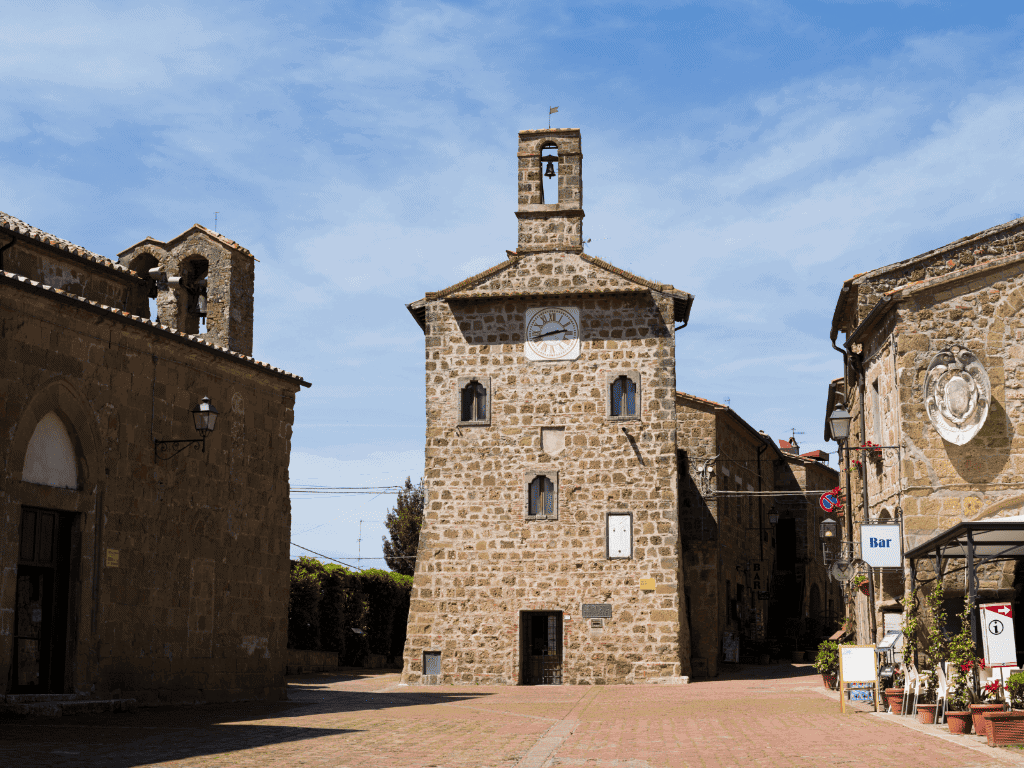THE TUFO AREA IS A SPLENDID TERRITORY LOCATED IN THE SOUTHERN PART OF TUSCAN MAREMMA (GROSSETO), ALONG THE HILLS OF THE FIORA, ON WHICH STAND THE MEDIEVAL VILLAGES OF THE FAMOUS TUFF CITIES: SOVANA, SORANO, AND PITIGLIANO.
The tufo area is a mysterious and fascinating territory, rich in tuff rocks on which ancient villages, medieval fortifications, and Etruscan origins centers are located. Developed in the heart of the Fiora hills, in the southeastern part of the Province of Grosseto, it includes the municipal territories of Sorano and Pitigliano and may also include a part of Castell’Azzara. Tuff, a very friable magmatic rock, is the real protagonist in this southern area of the Maremma Grossetana, a vast hilly area characterized by volcanic plateaus, canyons, and gorges created over time by watercourses. These were ideal places for ancient human settlements.
In tuff, from the earliest times, dwellings, monumental necropolises, and unique roads were carved, such as the “vie cave” connecting the various settlements and necropolises in the area between Sovana, Sorano, and Pitigliano.
These roads, also known as Etruscan cuts, are long corridors, one kilometer long and three meters wide, with walls as high as twenty meters, probably laid out by the Etruscans as a defense system against potential invaders and to connect inhabited centers with watercourses. However, numerous hypotheses have been made about their real function.
THE TUFO AREA IN MAREMMA ENCLOSES ENCHANTMENT, BEAUTY, MYSTERY, AND CENTURIES OF HISTORY: EVERYTHING AROUND HERE SEEMS TO BE TRULY FROZEN IN TIME.
In the surroundings of Pitigliano, one of the most suggestive villages in Tuscan Maremma, defined as the Little Jerusalem due to the large Jewish community, there are eight of these gigantic routes. An ingenious system of rainwater drainage divides the “via cava” into two parts, creating two wide sidewalks. These areas have now become the refuge of many endangered animals, as they are also characterized by ideal microclimates for the reproduction of rare floral species. In prehistoric times, the northwestern side of Lake Bolsena, namely the hilly Maremma, was an active volcano that covered the entire area with ashes and lava (together with eruptions from the other Maremma volcano: Monte Amiata). This is why to the east of Saturnia and the course of the Fiora River, Maremma seems to change its appearance, and around Pitigliano, Sorano, and Sovana, vineyards and olive groves alternate with deep canyons carved into the tuff by rivers and their tributaries. The rugged terrain has limited agricultural development, which is mainly based on olives and vines, leaving extensive woods and forests intact, marking the boundary between the Province of Grosseto and that of Viterbo, that is, between the Grand Duchy of Tuscany and the former Papal State. A dense network of trails crosses the entire territory.
ARCHAEOLOGICAL PARK OF THE TUFF CITY (SORANO – SOVANA – VITOZZA)
In the municipality of Sorano, which also includes the picturesque village of Sovana, the Archaeological Park of the Tuff City has been established. Inaugurated in 1998 (with the aim of enhancing and protecting the highly valuable historical and cultural heritage that has remained unchanged for centuries), it covers an area of 60 hectares and is a vast repository of the main historical and archaeological treasures of the region, namely the Etruscan necropolis of Sovana, one of the most extraordinary for the variety of tombs. There are indeed tombs of all types: chamber tombs, box tombs, dice tombs, half-dice tombs, temple tombs, small shrine tombs, loculus tombs, columbarium tombs. The location of the tombs is characteristic, on rocky walls, between valleys and ravines, in a setting reminiscent of Dante’s Inferno. The archaeological park also includes the Etruscan museum of Sovana and the Renaissance museum of Sorano, various sites such as Vitozza and Poggio San Rocco, and several vie cave.
